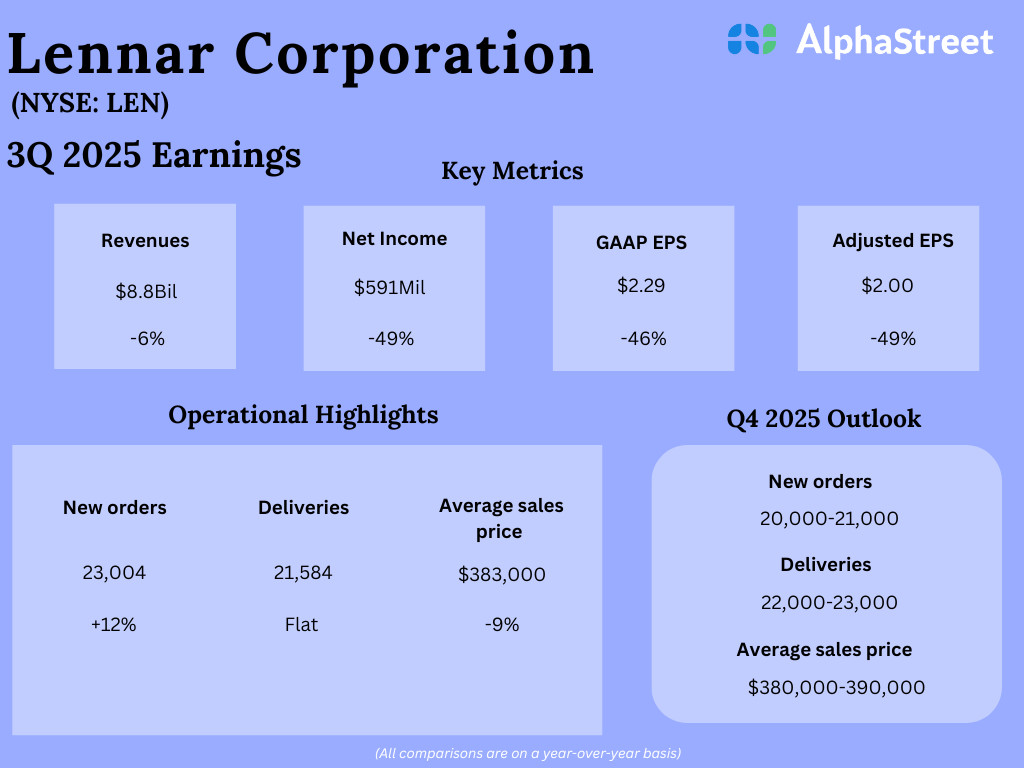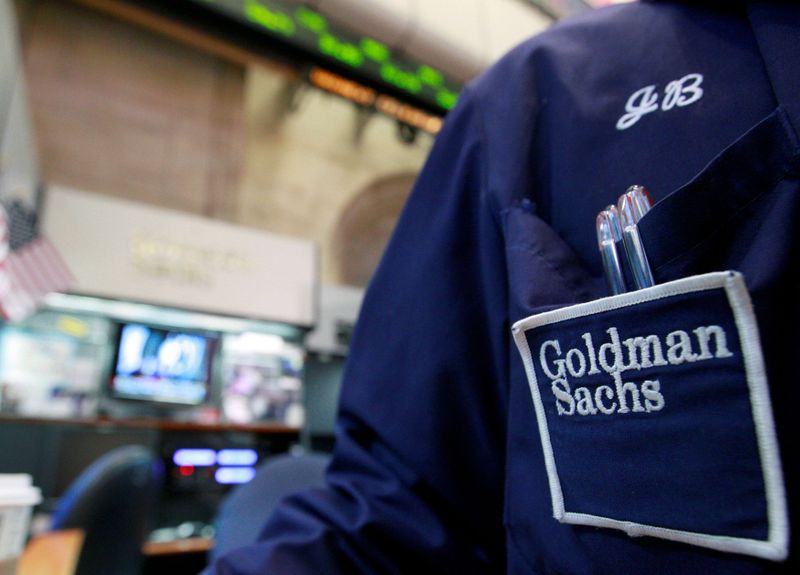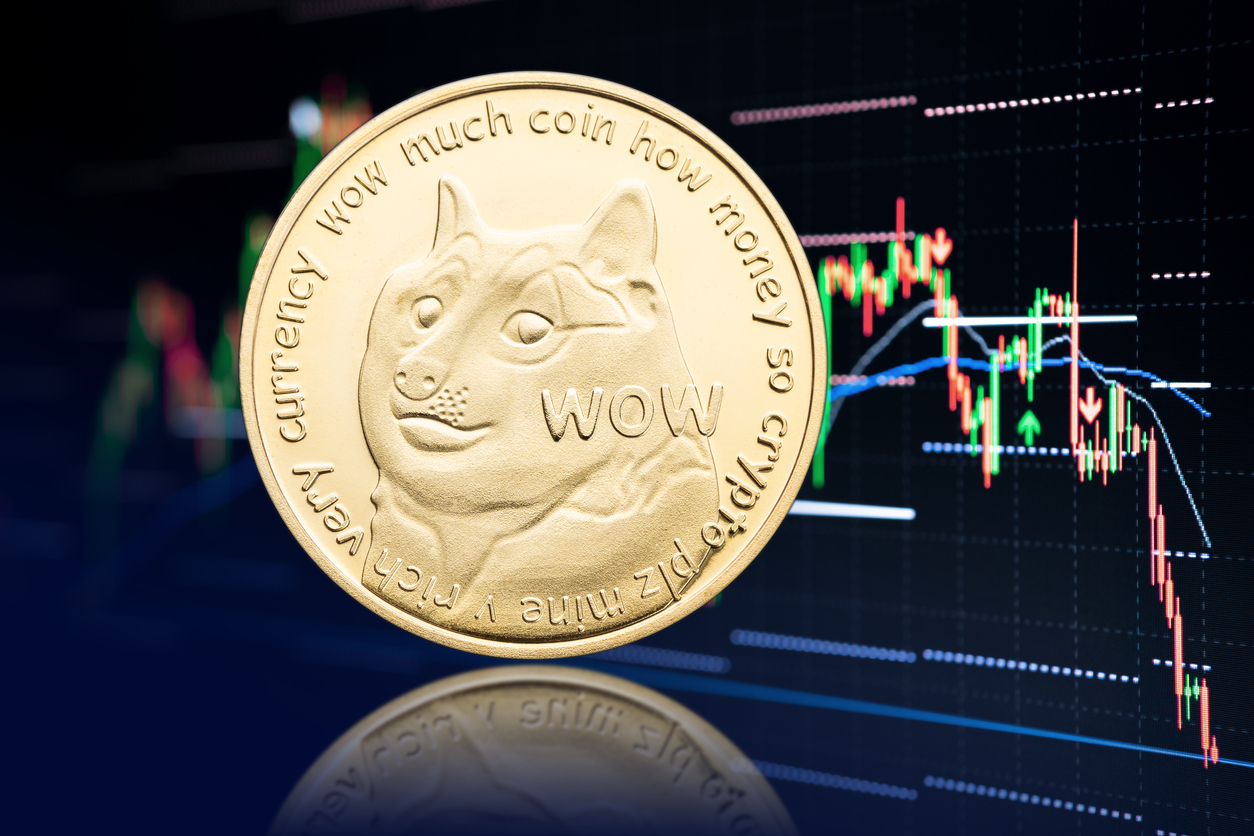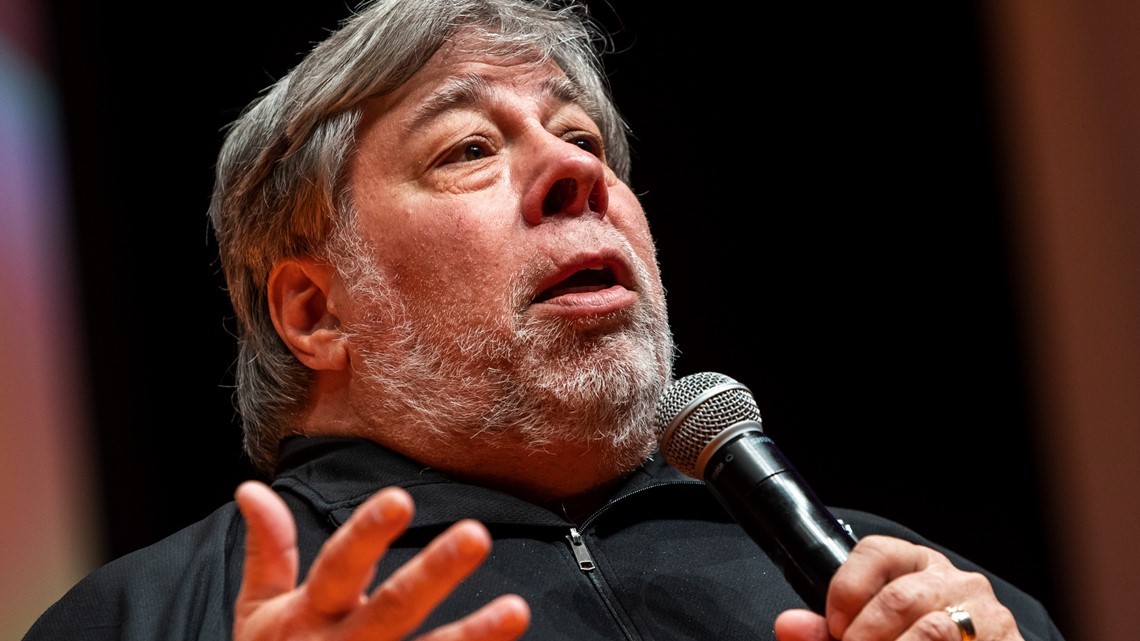Today, I want to share with you a truly unpopular opinion I hold.
No financial advisor would dare say it. Many would be afraid to share it with their colleagues.
And you’ll probably think I’m nuts when you hear it.
But here goes…
An investor shouldn’t think for the long term. Doing so robs you of the future — and present — you deserve.
That may sound extreme, but hear me out.
There’s only one reason investors focus on the long term: everyone tells them to.
Financial planners explain that stocks always go up in the long run. That it’s safe to just keep on buying through thick and thin.
What they leave out is that there can be decades of losses before a recovery — if one ever comes.
When I think about the obsession with investing “for the long run,” I think back to the words of English economist John Maynard Keynes when he said:
“In the long run, we are all dead.”
He said this in the aftermath of World War I. Global economies were in turmoil. Economists pushed for a return to the gold standard because they argued it provided long-term stability.
But Keynes believed it was more important to address short-term problems … because those were the ones destroying economies around the world.
Whether Keynes was right or wrong then, this is an idea we can use in investing and in life.
I don’t know about you, but I’m more interested in living a wealthy and enriching life now, while I’m relatively young.
To do that, I focus on the short term. I make moves that move the needle on my wealth today.
I’m sure what I’ll tell you today goes against everything everyone has taught you about investing. And don’t get me wrong, I’m not telling you to liquidate your 401(k) and buy a Corvette.
But what I will tell you is that if you focus on the short term, you’ll not only live a more enriching life now … but you’ll be set up even better for your golden years.
Compound the Money, Not the Problems
In 2009, Many people were forced to change their lives because of losses in the market.
Delaying retirement … stressing about college tuition…
Some feared their futures were totally ruined.
And it was because their long-term strategies failed.
In the run-up to the 2008 crash, people believed the only place for the market to go was up. So they bought at any price. They were proven wrong.
Many who enjoyed the recovery of 2020 and 2021 believed the same thing. But, as we’ve seen in 2022, that isn’t the case.
“But Mike!” you say. “Long-term wealth is about compounding gains! Albert Einstein called it the eighth wonder of the world!”
Ok, let’s talk about compounding.
The idea of compounding is that it creates exponential wealth over time. Your gains from one year are based on your principal plus your gains from the previous year. Future gains always build on past gains.
In the same breath as telling you stocks always go up, financial planners often show you an impressive chart with a line that curves almost straight up into infinity.
Planners sell you on the idea that annual compounding creates incredible wealth over time.
And I’ll give them that. They’re right that compounding works for long-term investment strategies. But they’re missing the fact that compounding it works exponentially better with short-term strategies.
When you focus on the short term, not the long term, you can compound gains twice a year … or even more.
This builds your wealth far more quickly than a buy-and-hold strategy, which compounds only as often as you build long-term positions… and can compound on the downside if you happen to pick a loser and keep buying it.
That’s right. Long-term buy-and-hold strategies can be, and often are, more risky than short-term strategies.
Here’s how…
Short-Term Investing Adaptation
Short-term strategies carry less risk for one simple reason: They adapt to the market environment.
Long-term strategies stick to their rules — buy, hold and buy some more — no matter what.
This gets you into trouble once the bear markets come around, and it can crush you if it sticks around.
Long periods of low returns aren’t unheard of. Look at Japan’s stock market, or America’s stock market of the 1970s, for your proof.
My friend and colleague Adam O’Dell told his readers once:
“Stubbornness is a slippery slope. The more you dig your heels in, the worse your situation becomes if your actions don’t match reality.
Adapting is the opposite of stubbornness!”
Adam’s got it exactly right here. Too many investors are stubbornly sticking to long-term strategies that used to work but no longer do…
Take the 60/40 portfolio — where you invest 60% of your portfolio in stocks and the other 40% in bonds.
Vanguard says those portfolios lost 16% last year … the second-worst year since 1976.
The 60/40 portfolio strategy has been around for decades and multiple bear markets, but 2022 showed us it’s a bad strategy in a bear market.
Then you have buy and hold — another strategy that’s been around longer than I’ve been alive. The worst return for this strategy is a 90% loss … which happened during the Great Depression.
Think that was a long time ago?
Well, the buy-and-hold strategy suffered losses of more than 50% twice since 2000.
A typical financial planner will tell you to ignore all of that because stocks always come back. But if you were buying and holding before 2009, it’s likely you weren’t able to retire in 2010. Or buy a boat … or sock away money for your family.
Your money wasn’t there…
Mike’s trading the Silicon Valley Shakeout with three suffering tech names…
This situation can … and will … happen again.
The point here is short-term investing strategies are flexible. They have the ability to read the market, pivot and mitigate the losses you would typically have with a long-term, inflexible strategy.
These short-term strategies also recover much quicker because they compound gains more frequently than just once a year.
Frequent compounding is key because, as Keynes put it: “In the long run, we’re all dead.”
Listen, I know this isn’t an easy idea to swallow. The way I make money certainly isn’t for everyone.
But it’s worked well for me. And unlike the long-term strategy of buying beaten-up tech stocks in 2022, my short-term strategies have been making money.
65% in 13 days on Charles Schwab (SCHW).
26% in 5 days on Wynn Resorts (WYNN).
44% in 7 days on Google (GOOG).
These are all real returns my readers and I have booked in just the last month.
The kind of returns buy-and-hold investors have to wait months … years … potentially decades for.
Are there risks involved? Of course.
But all it takes to mitigate those risks is a little bit of commonsense risk management … and a strategy that thrives in volatility.
I wish I could tell you that the bear market is over, and that it’ll back to business as usual. But I can’t.
I believe we’ve entered a new era — of higher interest rates, higher inflation and higher volatility. It will reward adaptive investors and challenge passive investors.
My hope is that more people will wake up to this reality, and start following strategies that perform, even if they take a little more work.
If you’d like to learn more about what I’m doing in this new environment, you can click here for more information.
Regards,
Michael CarrEditor, One Trade
P.S. Of everything I’ve been doing lately, I’m most excited about my live trade room.
Every morning from 9:30 a.m. to 10:30 a.m. ET, I go live with my subscribers and scan the market for opportunities.
Yesterday we made 50% on QQQ in six minutes and 50% on RMBS in a little over four hours.
If you’re not in the trade room, you’re missing some of the quickest gains I’ve ever seen in my life.
Learn how you can get access right here.
The S&P 500 got the year off to a good start, up 6.2% in January.
That’s nice, especially after a truly miserable 2022.
But the move does little more than recoup the losses of December. The market has essentially been on a treadmill for the past several months, unable to really forge a new trend.
Meanwhile… Gold has been trending sharply higher since late October and isn’t showing any signs of slowing down.
After a strong decade-long run starting in 2000, gold has gone nowhere since 2011. Gold struggled to catch a bid even for much of 2022, even as we saw the worst inflation since the 1980s.
So, what’s the story?
The biggest factor here is dollar strength. The dollar had been trending higher relative to most world currencies since 2011. And this only accelerated during the pandemic.
The Federal Reserve recklessly printed money throughout the ordeal. But then… so did every other central bank … and the U.S. dollar is considered to be a refuge during times of crisis.
Then, the Fed was the first to aggressively reverse course, eliminate quantitative easing and start to aggressively raise interest rates. All else equal, a hawkish Fed means a stronger dollar … and weaker prices for “anti-dollars” like gold.
But as the rest of the world’s central banks started to catch up with the Fed’s hawkishness, the dollar’s strength made less sense.
And naturally, the debt ceiling crisis hasn’t exactly done the dollar any favors. As ridiculous as this should sound, we can’t rule out the possibility that the clowns that govern us will push the country into default this summer.
As the euro and other major world currencies started to rise relative to the dollar in October, gold started its move.
I don’t have a stopwatch that tells me exactly how long the bull market in gold will last. But it’s worth noting that the last bull market in gold lasted a little over a decade, and the last bear market lasted roughly the same amount of time. So, if the past two decades are any guide, gold likely has a long runway here.
If you want access to gold, you can always snap up shares of the SPDR Gold Shares ETF (GLD), try your luck trading gold futures or even buy mining stocks.
But personally, I like the simplicity and security of owning physical gold outright. I have a roll of coins locked away in a bank safe deposit box … just in case.
If you’re like me and prefer to hold the gold in your hands, talk to my friends at the Hard Asset Alliance.
They make it incredibly easy and affordable to own any amount of gold that’s appropriate for you, and at great prices.
In just a few minutes you can set up and fund an account, then buy and sell precious metals around the clock — either delivered to you globally or stored at one of their fully integrated vaults worldwide.
Click here to learn more, and claim six months of 100% free storage on your bullion purchase.
















